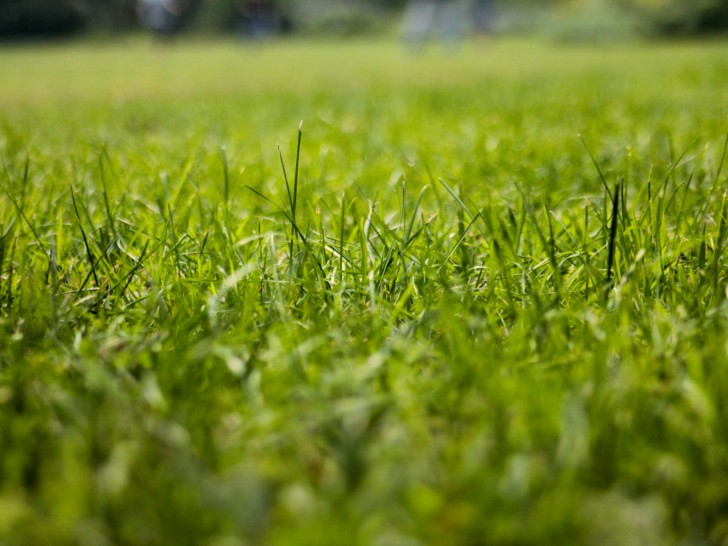Why sow a lawn in winter? The benefits of dormant sowing

Cultivating a beautiful, green, lush garden lawn requires a lot of effort and can be very challenging to achieve, especially if you don't know what the ideal conditions are to encourage the germination of lawn (grass) seeds.
Temperature and humidity are two fundamental components that need to be constantly monitored to ensure the optimum growth of your lawn. Choosing the right sowing time is also of fundamental importance. Many believe the lawn must be sown in spring, when climatic conditions are considered optimum.
However, sowing in winter can also be successfully done. This approach is known as "dormant sowing" and will allow you to save time and effort in the spring.
What are the conditions necessary for dormant planting and how can it be done successfully? Well, read on to find out more:
Ideal conditions for the dormant sowing technique

Dormant sowing is a practice that can be carried out successfully if particular climatic conditions are present. Humidity levels are particularly important for the success of this type of sowing. Given this, the ideal locations for this sowing technique are those that get abundant winter rainfall with a consistently cold temperatures (or where snowfall covers the ground for the entire winter season).
If these conditions do not exist, the sowing will probably fail (due to a lack of humidity, frost killing off sprouts or the seeds being blown away or eaten by wild animals).
For this reason, it is important to water the lawn regularly if the rain holds off. Additionally, a layer of straw can be used as a substitute when there isn't a layer of snow provided cover protection.
How to carry out dormant sowing

Here are the procedural steps for proper dormant sowing:
- Choose the right time: for winter sowing, the ideal time is when the soil temperature is low enough to prevent germination, generally when temperatures are below 7 degrees C;
- Choose the right seeds: the seed mixture is also important, since only cold-resistant species will be able to germinate in spring;
- Soil preparation: if you already have a lawn, mow it on the lowest possible position and repeat this several times. Then rake the mowed area with a metal rake, scraping the area as hard as you can, in order to create furrows for the seeds to fall into;
- Sowing: you can do this by hand or (preferably) by using a portable, wheeled seed spreader (which will spread the seeds in a more regular and uniform way);
- Rake the area again to embed the seeds into the soil;
- Now, all you have to do is wait for spring to arrive and germination to begin.
Thanks to the dormant sowing technique, you will save a lot of time in the spring and your lawn will grow out much sooner.